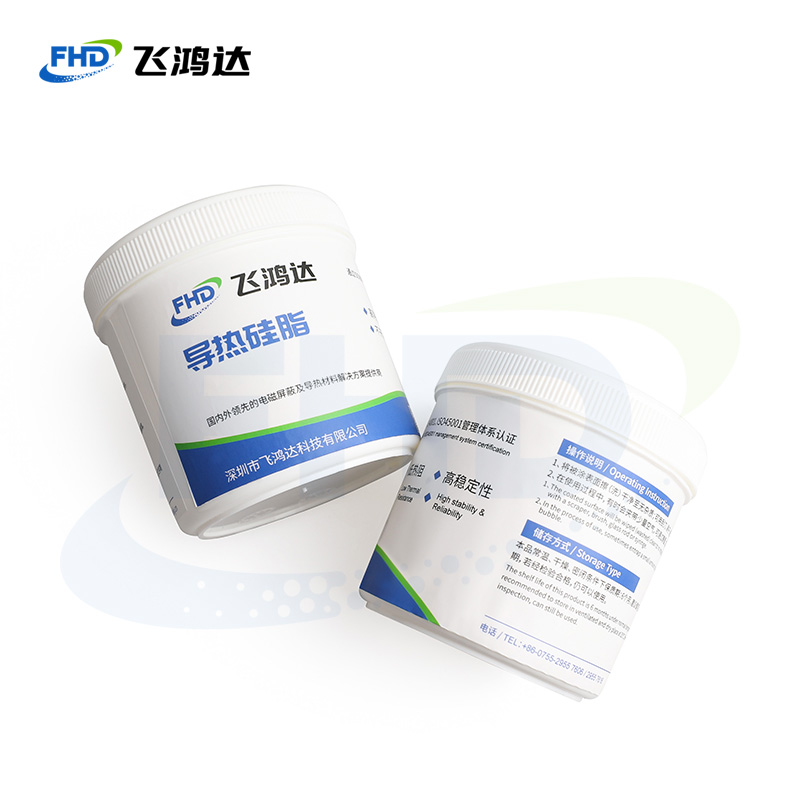Stage spotlight solution
1、 The role of thermal conductive silicone grease in spotlights
Spotlight is a common lighting device, and its internal light beads generate a large amount of heat. If not dissipated in time, it will affect the stability and lifespan of the lamp. Thermal conductive silicone grease is a material that can effectively conduct heat, which can transfer the heat generated by the lamp beads to the heat sink, improve the heat dissipation efficiency of the lamp, and thus extend the service life of the lamp.
2、 Choose thermal conductive silicone grease for spotlights
When choosing thermal grease for spotlights, factors such as thermal conductivity, temperature range of use, and aging resistance need to be considered. The higher the thermal conductivity, the higher the efficiency of conducting heat; The wider the temperature range used, the wider the applicable range; The better the aging resistance, the longer the service life. Therefore, selecting suitable thermal conductive silicone grease is of great significance for ensuring the performance and lifespan of spotlights.

3、 Precautions for using thermal conductive silicone grease for spotlights
When using thermal grease for spotlights, the following points should be noted:
Apply evenly: Thermal conductive silicone grease needs to be evenly applied between the lamp beads and the heat sink to ensure effective heat conduction.
Avoid excessive use: Excessive use of thermal conductive silicone grease can cause poor heat dissipation of the lamp, which can actually affect the lifespan of the lamp.
Pay attention to safety: Thermal silicone grease is a chemical substance, so it is important to be safe when using it and avoid contact with the skin and eyes.
Thermal conductive silicone grease plays an important role in spotlights, which can improve the heat dissipation efficiency of lamps and extend their service life. When selecting and using thermal conductive silicone grease, attention should be paid to its thermal conductivity, temperature range, aging resistance, and other factors, as well as precautions such as uniform application and avoiding excessive use.
-
Previous article:Car Headlights
-
Next one:Plant Lights







